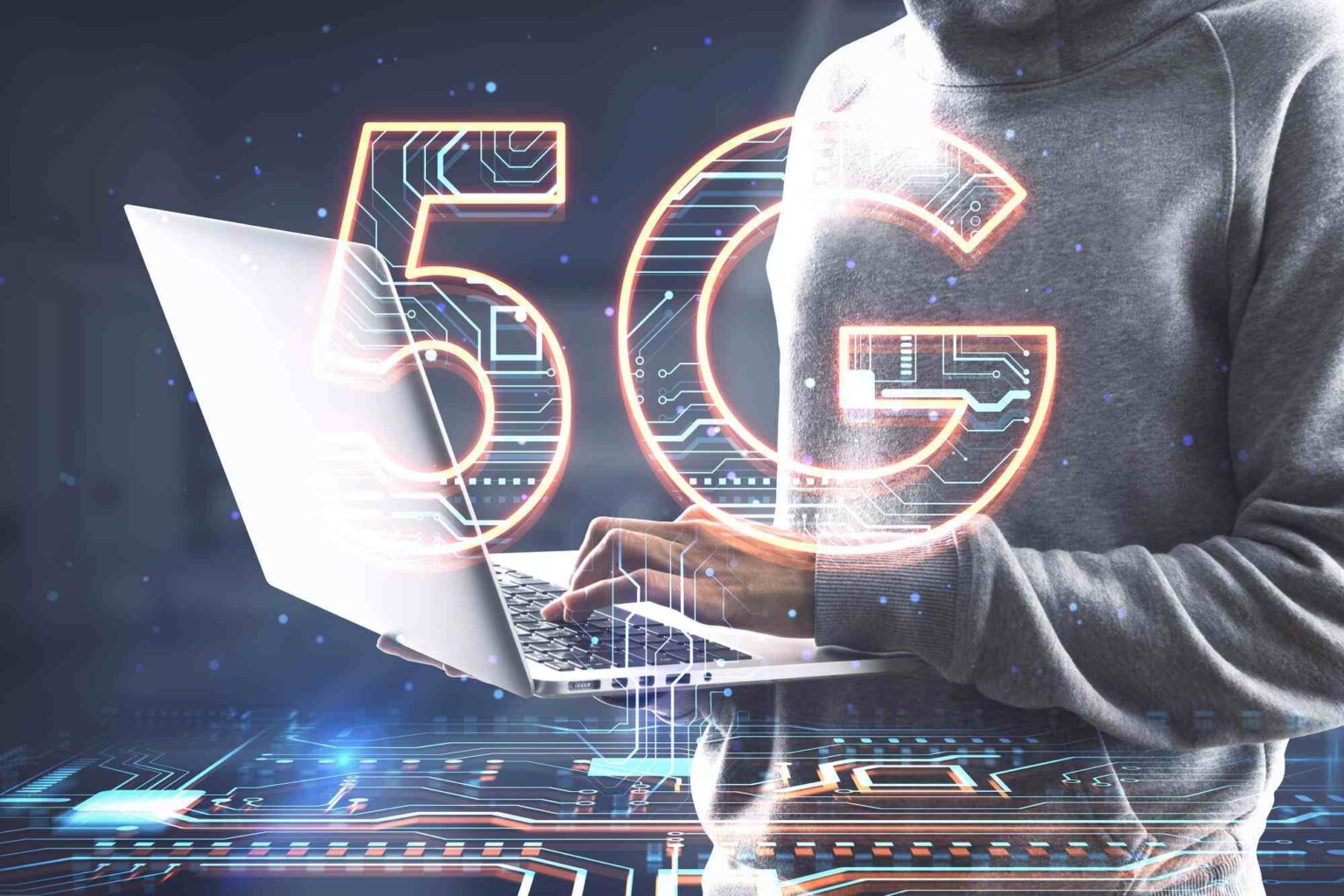The advent of 5G, the fifth generation of cellular mobile communications, promises faster data transmission speeds, lower latency, and greater connectivity than previous generations of wireless networks. However, the increased speed and connectivity of 5G also bring new cybersecurity challenges that need to be addressed.
Here are some of the key security challenges associated with 5G:
- Increased Attack Surface: With the proliferation of 5G devices and services, the attack surface for cybercriminals increases. As more devices are connected to the network, there are more opportunities for attackers to exploit vulnerabilities.
- Network Slicing: 5G networks can be divided into multiple virtual networks called “slices,” each with its own set of resources and security requirements. This presents a challenge for security teams to ensure that each slice is adequately protected.
- Supply Chain Risks: The 5G ecosystem involves multiple vendors and suppliers, which increases the risk of supply chain attacks. This includes attacks on hardware components, firmware, and software.
- Lack of Standards: There is currently no universal standard for 5G security, which creates a challenge for security professionals to ensure consistency and interoperability across different networks.
- Limited Visibility: The distributed nature of 5G networks makes it difficult for security teams to gain visibility into all parts of the network. This can make it challenging to detect and respond to security incidents.
To address these challenges, organizations should take a proactive approach to 5G security by:
- Adopting a risk-based approach to security, which involves identifying and prioritizing potential threats and vulnerabilities.
- Ensuring that security is built into the design of 5G networks, devices, and applications.
- Establishing strong security controls to protect against attacks, such as implementing access controls, encryption, and monitoring.
- Conducting regular security assessments and testing to identify vulnerabilities and assess the effectiveness of security controls.
- Collaborating with industry stakeholders to establish security standards and best practices for 5G.
Overall, as 5G continues to evolve, it is important for organizations to stay vigilant and proactive in addressing the security challenges that come with this next generation of connectivity.



